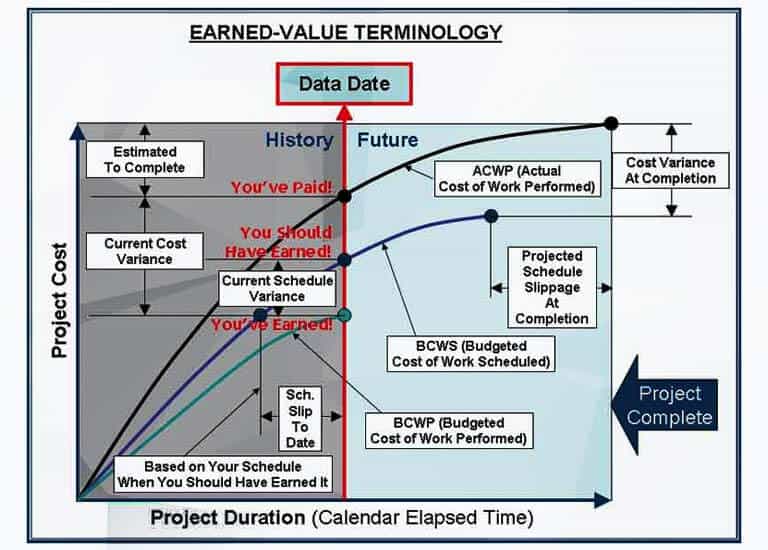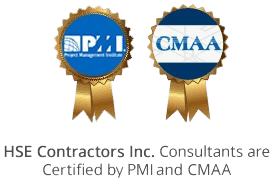Earned Value Analysis
What is an earned value analysis and how does it work?
The ultimate goal of any project is to meet its deadlines, accomplish its objectives, and come in at or under budget. In September 2009, a study released by Objectwatch, a market research and consulting firm, showed that failed information technology projects alone cost worldwide businesses and agencies $6.2 trillion per year. While there is no system that can guarantee that your project will succeed, Earned Value Management (EVM) can give your project a better chance for success.
A Single System
Perhaps the biggest benefit to implementing EVM is that it is a single system that when implemented properly can track the project in terms of work, time, and money. Project managers do not have to learn multiple systems. EVM can measure the amount of work actually completed, forecast the cost and completion date, compare the actual performance of the project versus the plan, and track the project’s budget in real time.
Variance
Variance is an examination used in EVM of what caused a difference between the projected baseline and the actual performance. This can be measured on three different levels: estimated to planned, planned to actual, and estimated to actual. The process for determining variance depends on many factors, including the industry, the parameters used, and standards. Always verify the data when analyzing variance. It is critical to have complete, accurate information when performing the calculations. The difference discovered in calculations can show you how far away the project is from “normal.” It can also help track down the root of the problem.
Performance Indices
The schedule performance index (SPI) and the cost performance index (CPI) are both advantageous tools in EVM. These metrics can help determine the current status of the project, be early warning signals if the project goes off track, and estimate the total cost and time frame. The SPI measures all of the work completed on the project and calculates whether the project will meet, beat, or miss its planned finish date. The CPI is considered by most project managers to be the most valuable EVM metric. This measures cost efficiency for the work completed. Simply put, it can tell you if your project is under or over budget at any point during the process.
Flexibility
When the results of the metrics used in EVM show that changes are needed, the project manager can adjust the work or budget to help bring the future performance of the project back in line with projections. The metrics can also pinpoint where any troubles are within the project. The project manager can then take preventive efforts to reduce the possibility of those troubles occurring again. Most importantly, EVM allows for these changes to be made in a flexible, timely manner at any point during the project’s development and implementation.
The general principals and connection to Oracle Primavera P6 are shown in the following diagram:

Additional Services

Contact Us
Call Us 1-888-398-8283 Our LocationsEmail us for more info about our Earned Value Analysis
Let Us Contact You
Download our Brochures
Flagship ProjectsMulti-Family Residential Projects
Waste Water & Used Oil Treatment
Residential Projects
Roadways & Bridges Projects
High-rise Projects
Federal Projects
Airport Projects
Commercial Projects
View our Work Samples
4d Modeling SamplesCPM Schedule Report Sample

Call Our CPM Scheduling Consultants
Our offices in Orlando, New York City, Boston, Los Angeles, San Francisco, Miami, Tampa, Chicago, Denver, Brooklyn, Dallas and Washington, DC, Offer Innovative and efficient solutions on a variety of construction projects nationwide, Contact Us Today!


